Another Western state that tops the bucket lists of many hunters, Colorado issues two sets of regulations—one for big game (antelope, bear, deer, elk, and moose) and a separate one for sheep and goat. Be sure to obtain the correct version for your hunting plans from Colorado Parks and Wildlife.
Mule deer licenses are all issued via the drawing, but Colorado is known for its trophy deer genetics and generally healthy herd numbers, making it a must-apply-for state if you are a mule deer enthusiast. Because Colorado uses a pure Preference Point drawing system, it can be a bit easier to plan and predict draw success compared to other states. But expect point creep to continue year over year, especially for the higher demand hunts that take more points to draw.
Application season runs from March 1, 2025, to April 1, 2025, with draw results available by late-May (elk, deer, antelope, moose). Draw results for sheep and goat are released mid-April.
Hunters may apply for licenses with Colorado Parks and Wildlife.
Huntin’ Fool’s Colorado page is an excellent, updated resource for ongoing Colorado draw changes.
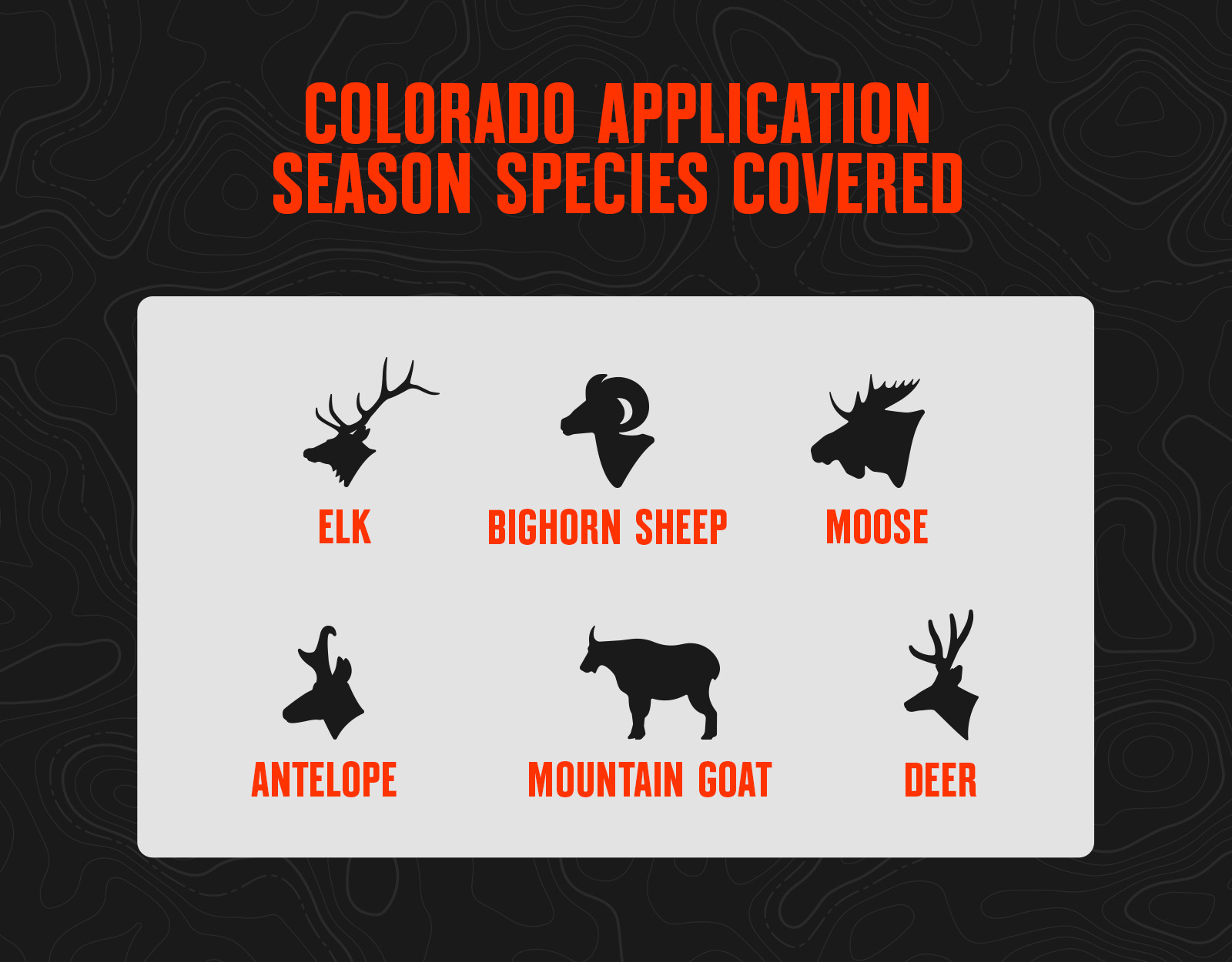
New in 2025 From Huntin’ Fool
- Over-the-counter non-resident archery elk licenses were eliminated in 2025.
- All non-resident archery elk licenses will have a hunt code for the primary draw.
- The third combined rifle season is now nine days instead of seven.
- The S9 archery bighorn sheep ram hunt was added back to the nonresident draw.
- Both S32 archery bighorn sheep ram hunts were eliminated from the nonresident draw.
- The S1/18 any weapon bighorn sheep ram hunt was eliminated from the nonresident draw.
- The S33 any weapon bighorn sheep ewe hunt was eliminated from the nonresident draw.
- The G18 any weapon mountain goat hunt was added to the non-resident draw.
- A unit 20, 29 bull moose hunt, unit 49 Buffalo Peaks Wilderness bull moose hunt, and 67 bull moose hunt were added to the non-resident draw.
- CPW slipped in a unit 55 bull moose non-resident license last year that somehow 11 applicants knew to apply for, even though it was not printed in the regulations. This is not a new hunt in 2025, but this is the first year every non-resident can apply for it and not just the special few.
- A new late cow moose hunt was implemented in some units with extended season dates overlapping the first through fourth rifle seasons.
Read more on Huntin’ Fool’s Colorado page.
Colorado Draw Process FAQs
Application Dates and Deadlines: Huntin’ Fool lines out Colorado dates and deadlines.
Free for onX Elite members, Hunt Reminder’s Colorado page is also an excellent resource for timely application season reminders.
Hunting license and species costs for tags usually include:
- Application Fee
- Hunting License Fee to apply (usually need a qualifying license before you can apply)
- Species Fee (This is what you pay for the animal you want to hunt. Some you pay upfront at application, some you pay for once you get the tag.)
- Points-Only fee (fees for people just buying points and not actually applying for a hunt)
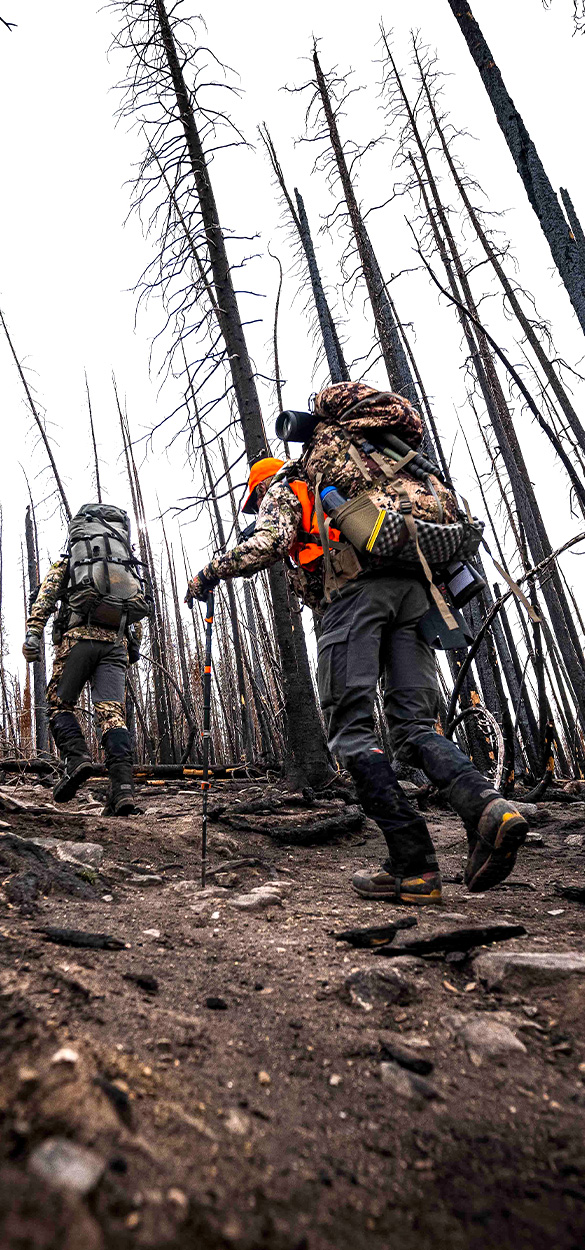
2025 COLORADO DRAW DEADLINES
Primary Draw
Secondary Draw
Unlimited or Leftover Licenses
Reissued Licenses Begin
Point System
For elk, deer, and antelope, Colorado uses a Preference Point system:
- Preference Points are like a place in line: first in, first out. The applicants with the most Preference Points draw before those with less.
- If you apply for and are unsuccessful drawing your first choice limited license, you’ll receive an additional Preference Point for future drawings.
- Applicants may apply for Preference Points only during the primary application window that begins in early March, but you must first buy a qualifying license.
- Preference Points are considered for your first choice only. If you draw your first choice for a species and it is a limited license, your Preference Points are purged back to zero.
- If nonresidents fail to apply or buy a Preference Point for a particular species in 10 consecutive years, they will lose all accumulated Preference Points for that species.
For moose, sheep, and mountain goat, Colorado uses a Preference Point + Weighted Point system:
- Effectively, you must accumulate the maximum of three Preference Points before you have any chance to draw a tag. So if you’re new, you will not have any chance for three years.
- After you have three Preference Points, you accumulate Weighted Points. Weighted Points are a fancy way to effectively implement Bonus Points in an otherwise random drawing.
- Participating in the Weighted Point program is now optional. Once you have three Preference Points, you can opt out of paying the additional fee ($100 for nonresidents, $50 for residents) to accumulate Weighted Points.
- There is no Point System for desert bighorn sheep; the very few available tags in Colorado are issued randomly.
- Preference Points are considered for your first choice only. If you draw your first choice for a species and it is a limited license, your Preference Points are purged back to zero.
- If nonresidents fail to apply or buy a Preference Point for a particular species in 10 consecutive years, they will lose all accumulated Preference Points for that species.
License Allocation
- For elk and deer hunt codes that required six or more points for a Colorado resident to draw, up to 20 percent may go to nonresidents.
- For hunt codes that required fewer than six points for a Colorado resident to draw an elk or deer license, up to 25 percent may go to nonresidents.
- There is no maximum nonresident license allocation for antelope.
- Nonresident allocations may increase if licenses remain after all Colorado resident first choices have been drawn for that hunt code.
- License allocations do not apply to private land only and Ranching for Wildlife licenses.
- In a group of applications made up of both residents and nonresidents, all nonresidents in the group will count against the nonresident allocation.
- Up to 10% of the available moose, sheep, and mountain goat tags can be issued to nonresidents.
Useful Links
- Review all the Application Season Tools You Get With onX Elite.
- Log Into Hunt Research Tools To Start Your Application Season.
- View Colorado Hunting Regulations.
- Apply for Your Colorado Hunting Tags.
- Check Your Colorado Draw History.
- Read Colorado Hunting News and Updates.
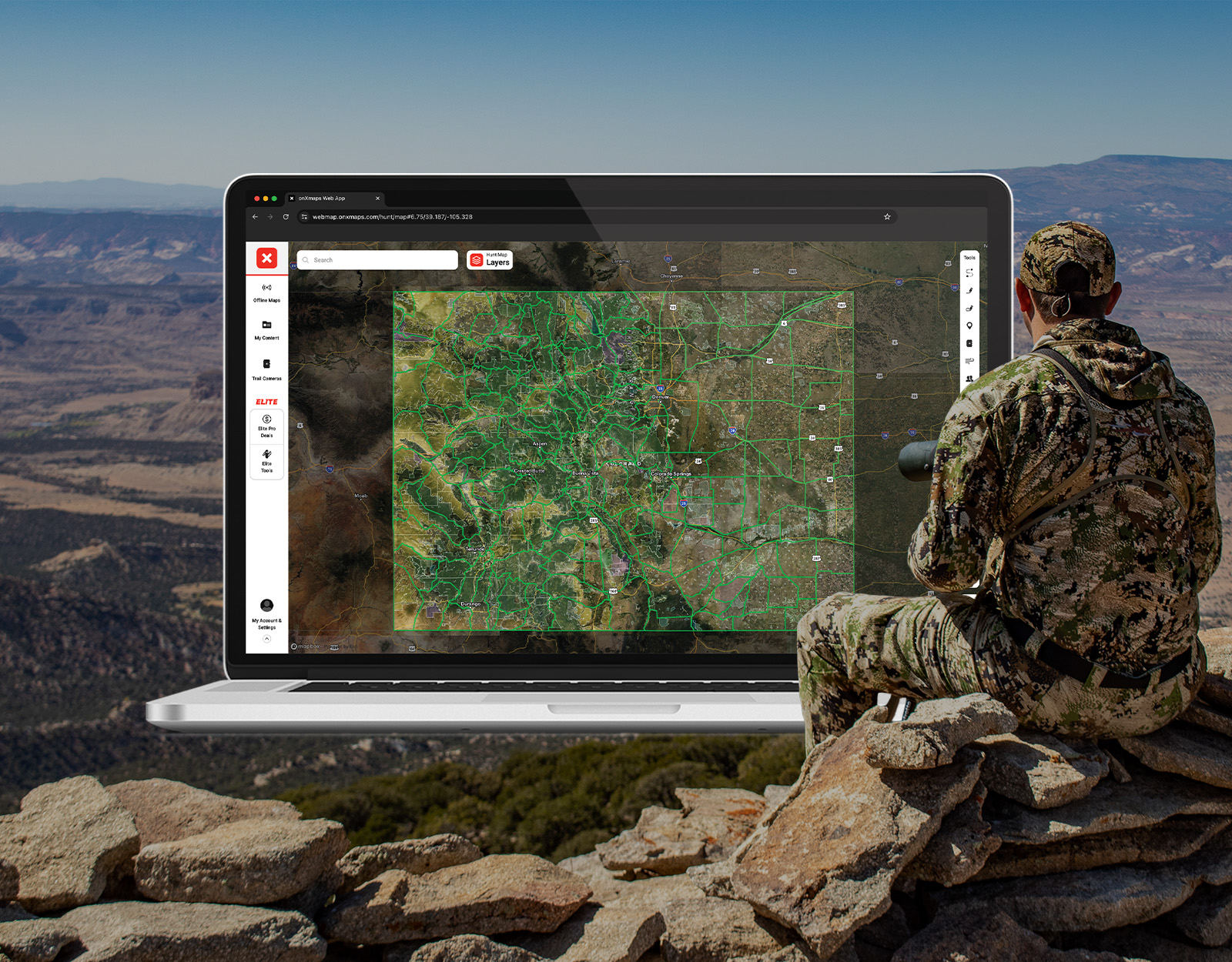
onX Hunt’s Top Four State Application Tips
- If you’re a rifle elk hunter, Colorado offers a number of second, third, and fourth season tags that are limited in number but must be drawn. Some of these tags can be drawn with zero preference points (first year applying), even for nonresidents.
- For moose, sheep, and goat, in nearly all cases, Colorado’s point system requires you to apply for three years prior to being eligible for success in the drawing. But once eligible, you can draw one of these tags with only a small number of points if you’re lucky enough.
- For over-the-counter archery elk hunts, expect crowds and hunting pressure. Have a backup plan (or two) in case your primary hunting area is a bust, and think outside the box when scouting for potential unpressured areas (i.e. further from the road may not always be better).
- In a lot of areas, a bear tag can be purchased over-the-counter and will provide a bonus opportunity for the elk or deer hunter.
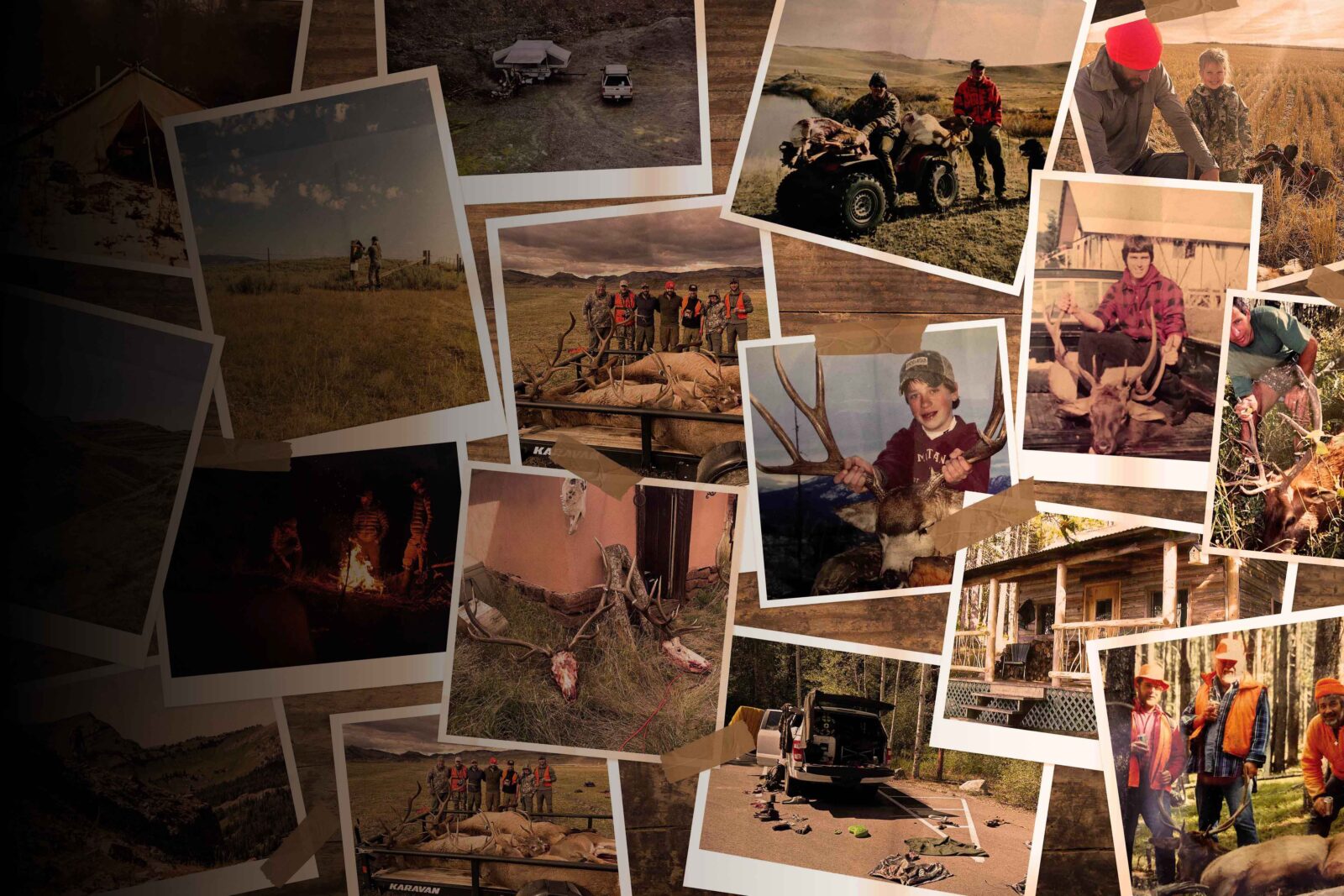

Your Complete System for Securing Tags
Whether you’re chasing a once-in-a-lifetime hunt or just looking to fill the freezer, your season starts with onX Hunt’s application tools—all included with an Elite Membership:
- Hunt Research Tools: Draw odds, tag trends, and harvest stats for 11 western states (Washington is not yet available) to help you decide where to apply.
- Huntin’ Fool: In-depth insights to navigate state-specific systems and build better strategies.
- HuntReminder: Text and email alerts so you never miss a deadline.
One membership, every tool you need to make 2026 the year.
